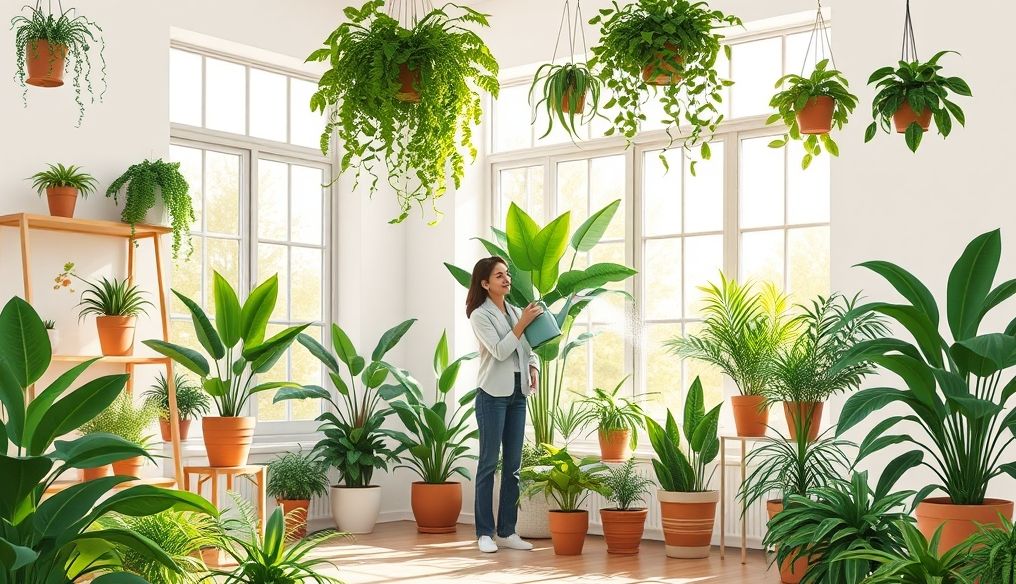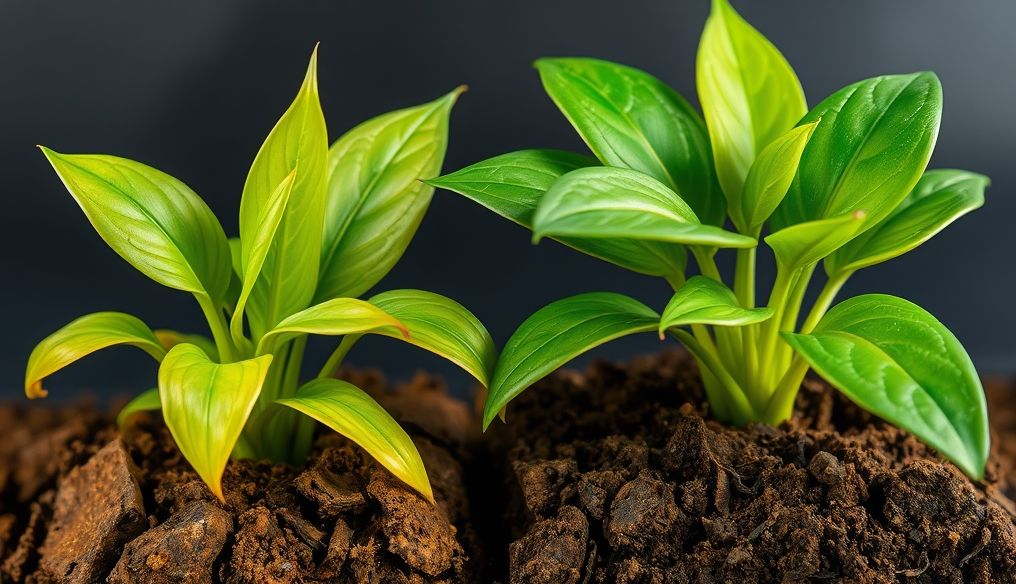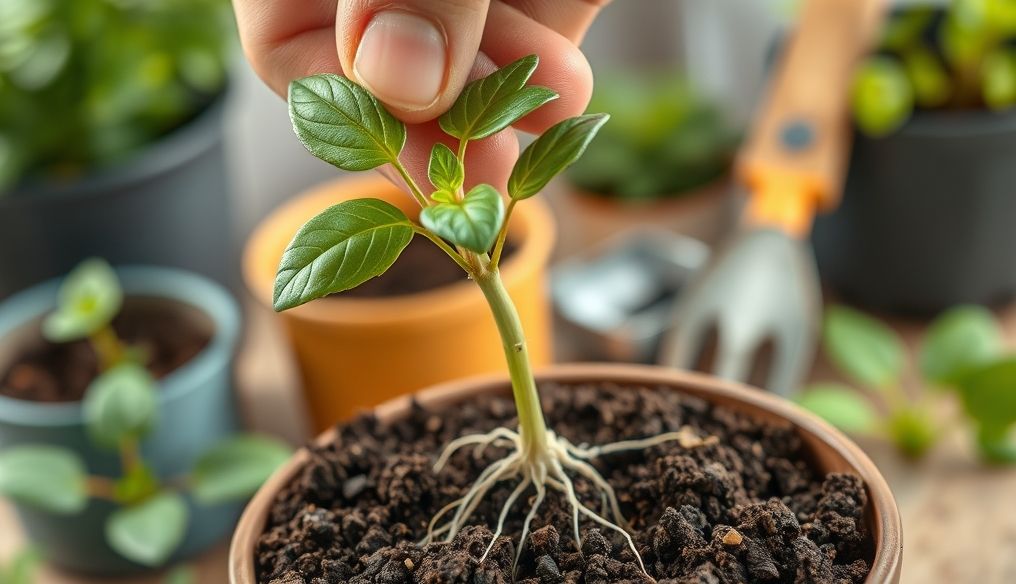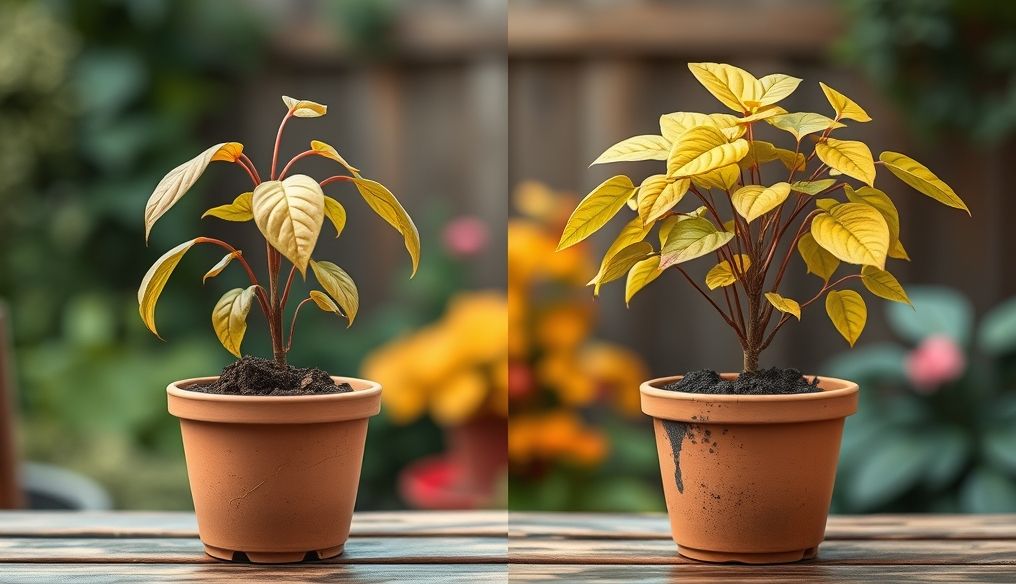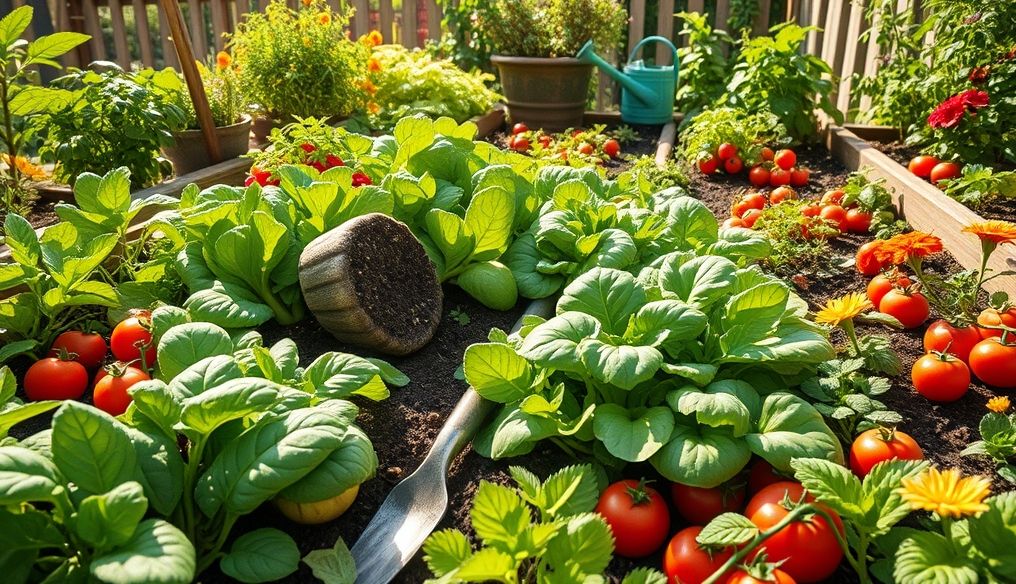Can Indoor Plants Really Improve Your Mental Well-being?
In a world dominated by stress and anxiety, many are looking for natural ways to improve their mental health. One solution that is gaining increasing popularity is bringing plants into homes. But is this just a trendy fad or are there actually scientific benefits that support this idea? That's what we'll explore in detail.
1. The Science Behind the Positive Impact of Plants
Scientific research suggests that indoor plants have multiple positive effects on mental health. These effects include:
- Reducing stress levels: Studies have shown that being in an environment rich in plants reduces levels of cortisol, a stress hormone.
- Improving mood: Plants increase the secretion of dopamine and serotonin, two neurotransmitters associated with happiness and well-being.
- Increasing focus and attention: Having plants in the workplace or study improves the ability to concentrate and reduces distractions.
Case Studies and Real-World Examples
For example, a study conducted at Kansas State University found that having plants in patients' rooms in hospitals reduced their need for pain medication and accelerated the healing process.
2. How Do Plants Improve Air Quality?
One of the most important benefits of indoor plants is their ability to purify the air. Plants absorb carbon dioxide and release oxygen, which is essential for human health. In addition, some plants are able to absorb harmful chemicals present in the air, such as formaldehyde, benzene, and toluene.
Best Plants for Air Purification
Some of the best plants for air purification include:
- Spider Plant: Easy to care for and considered effective in removing formaldehyde.
- Snake Plant: Produces oxygen at night, making it ideal for bedrooms.
- Pothos: Tolerates difficult conditions and is excellent at removing a variety of pollutants.
3. The Soothing Effect of the Color Green
The color green is associated with nature, tranquility, and relaxation. Looking at the color green can lower blood pressure and heart rate, helping to reduce stress and anxiety. Having plants in the home provides a constant source of this soothing color.
Green Color Therapy
Green color therapy is sometimes used as part of psychotherapy, where patients are directed to spend time in nature or in plant-rich environments to improve their mood and reduce symptoms of depression and anxiety.
4. Caring for Plants as a Therapeutic Activity
Caring for plants can be a therapeutic activity in itself. Taking care of something living and seeing it grow can give a sense of accomplishment and purpose. The process of watering, pruning, and fertilizing plants requires focus and attention, helping to distract from negative thoughts and stress.
Horticultural Therapy
Horticultural therapy is a type of therapy that uses plants and gardening to improve mental and physical health. Horticultural therapy has been shown to reduce symptoms of depression and anxiety and improve mood and quality of life.
5. Plants as a Symbol of Growth and Renewal
Plants symbolize growth, renewal, and life. Seeing plants grow and thrive can remind us of our own potential for personal growth and development. The life cycle of plants, from small seeds to full plants, can teach us about patience and perseverance.
Nature Meditation
Spending time in nature and meditating on plants can be a powerful way to connect with one's inner self and discover meaning and purpose in life.
6. Choosing the Right Plants for Your Home
When choosing plants for your home, it is important to consider factors such as:
- Available light: Some plants need a lot of light, while others prefer shade.
- Humidity level: Some plants need high humidity, while others prefer dry air.
- Care level: Some plants are easy to care for, while others require more attention.
Tips for Choosing Plants
If you are a beginner, start with easy-to-care-for plants like the spider plant or snake plant. You can also consult a local plant vendor for recommendations.
7. Integrating Plants into Your Home Design
Plants can be integrated into your home design in many ways. You can place plants in pots on windowsills, shelves, or tables. You can also hang plants from the ceiling or use them to create a green wall.
Creative Ideas for Plant Arrangement
Try using pots of different sizes and shapes to create an interesting visual look. You can also group plants together to create a visual focal point.
8. Future Studies and New Perspectives
Scientific research continues to explore the mental health benefits of plants. There is growing interest in studying the effect of plants on diseases such as depression, anxiety, and post-traumatic stress disorder.
Innovations in Indoor Farming
Advances in indoor farming, such as the use of LED lighting and hydroponic systems, are making it easier than ever to grow plants indoors, even in small spaces.
Conclusion: Adding plants to your home is not just an aesthetic addition, it is an investment in your mental health and overall well-being. Whether you suffer from stress, anxiety, or depression, or you are simply looking for ways to improve your mood and increase your concentration, indoor plants can be an effective and simple solution.
